In this second installment of our series on bispecific antibody drugs, we delve into the diverse structural formats that define the field. From tandem scFvs to full-length IgG-like structures, we examine how these formats affect functionality, stability, and therapeutic applications. With real-world examples and expert insights, this article aims to equip readers with a comprehensive understanding of structure-function relationships in bispecific antibodies.
Table of Contents
- 1. Overview of Bispecific Antibody Formats
- 2. scFv-Based Formats: Tandem and DART
- 3. IgG-Like Formats: Knobs-into-Holes and CrossMab
- 4. Impact of Structural Design on Pharmacokinetics
- 5. Case Studies: Approved Drugs and Clinical Candidates
- 6. Considerations for Drug Development
- 7. Summary and Future Perspectives
1. Overview of Bispecific Antibody Formats
Bispecific antibodies (BsAbs) are engineered to bind two different antigens or epitopes simultaneously. The design of these molecules has evolved to address challenges related to manufacturability, immunogenicity, and efficacy. Broadly, bispecific antibodies can be classified into two major categories:
- Fragment-based formats (e.g., tandem scFvs, DARTs)
- IgG-like formats (e.g., bispecific IgG, CrossMab, knobs-into-holes)
Each format carries specific advantages and trade-offs depending on therapeutic goals.
2. scFv-Based Formats: Tandem and DART
Fragment-based BsAbs are constructed by linking variable regions of antibodies (e.g., scFv) into a single polypeptide. One of the earliest and most well-known is the BiTE format, used in Blinatumomab (Blincyto).
- Tandem scFv (BiTE): Offers high tissue penetration but suffers from a short serum half-life.
- DART (Dual-Affinity Re-Targeting): Adds stability via disulfide bonds, improving functionality.
These formats are generally produced in prokaryotic systems and lack Fc regions, affecting immune effector functions and half-life.
3. IgG-Like Formats: Knobs-into-Holes and CrossMab
Full-length IgG-like bispecifics aim to retain the stability, effector functions, and half-life of conventional monoclonal antibodies while introducing dual specificity.
- Knobs-into-Holes (KiH): A point mutation strategy to favor heterodimerization of heavy chains.
- CrossMab: Swaps domains in the light chain region to maintain correct pairing with respective heavy chains.
These approaches are widely used in commercial BsAb products due to their developability and scalability.
4. Impact of Structural Design on Pharmacokinetics
Structural format directly influences the pharmacokinetics (PK) of BsAbs:
- Size and half-life: IgG-like BsAbs have longer half-lives due to neonatal Fc receptor (FcRn) recycling.
- Clearance: Smaller formats are cleared more rapidly unless PEGylated or Fc-fused.
- Tissue penetration: Smaller fragments penetrate solid tumors more effectively.
The balance between these properties must be optimized for each indication.
5. Case Studies: Approved Drugs and Clinical Candidates
- Blinatumomab (BiTE format): CD19 × CD3, acute lymphoblastic leukemia (ALL)
- Faricimab (CrossMab format): Ang-2 × VEGF-A, neovascular eye disease
- Amivantamab (IgG-like format): EGFR × MET, non-small cell lung cancer (NSCLC)
Each case exemplifies the relationship between structural design and clinical application, shedding light on how platform choices guide therapeutic direction.
6. Considerations for Drug Development
When selecting a BsAb format, developers must consider multiple factors:
- Target expression pattern (e.g., co-expression, internalization)
- Dosing schedule and route (e.g., IV vs subcutaneous)
- Manufacturing complexity and cost
- Regulatory precedents
Platform technologies also affect intellectual property (IP) strategies and partner selection.
7. Summary and Future Perspectives
Understanding the diverse structural formats of bispecific antibodies is critical to aligning design with therapeutic goals. As technologies evolve, novel configurations such as trispecific antibodies and conditionally active BsAbs are gaining traction. In the next installment, we will explore the mechanisms of action and functional dynamics of bispecific antibodies in more depth.
This article was produced by the editorial team of Morningglorysciences.
🔗 Related Articles / Series Links
- Therapeutic Trends 2025: What to Watch
- Introductory Series Index
- #1: What Are Slimming Drugs? A Gentle Introduction to Anti-Obesity Medications
- #1: What Are Antibodies? The Origin Story of ADCs – A Precision Cancer Weapon
- In vivo CART Series
- #1: What Is CAR-T? The Story of Emily Whitehead
- #2: The Technologies Behind In Vivo CAR-T
- #3: Key to Precision and Safety: Designing Smart CAR Expression
- #4: Deep Dive into CAR Structure: The Latest in Co-stimulation and Signal Engineering
- #5: Clinical Trial Frontlines and Emerging Biotechs
- #6: Emerging Technologies Addressing In vivo CAR-T Challenges
- #7: Key Figures Shaping the Future of in vivo CAR-T
- #8: Global Strategies Shaping the Future of in vivo CAR-T Development
- Bispecific Antibody Drug Series
- What Are Bispecific Antibody Drugs? A Thorough Introduction (Part 1)
This article was produced by the editorial team of Morningglorysciences.
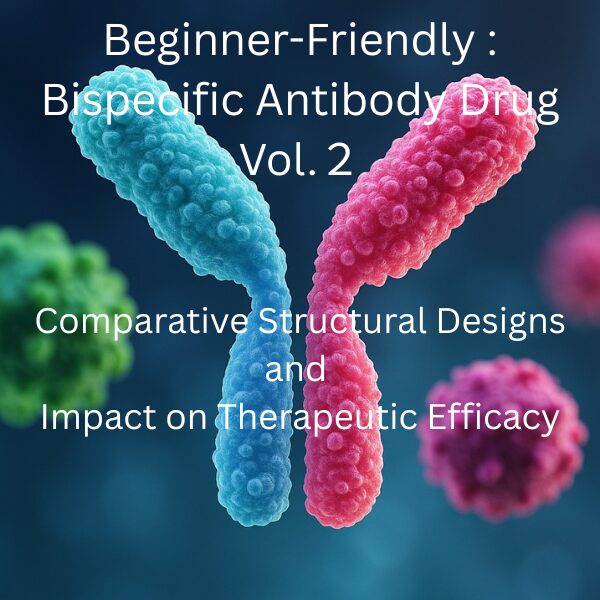
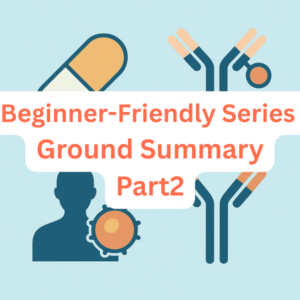
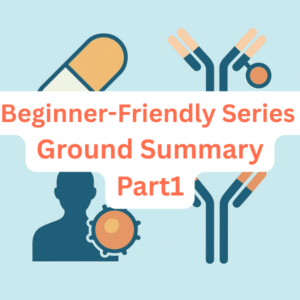

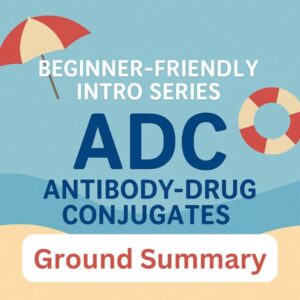

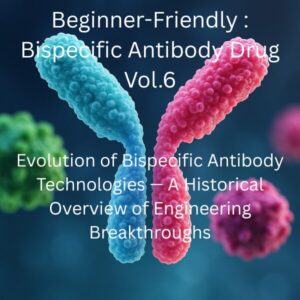
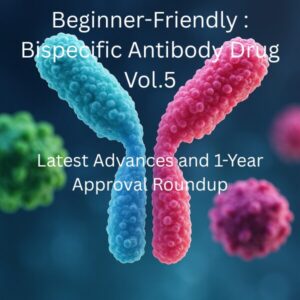
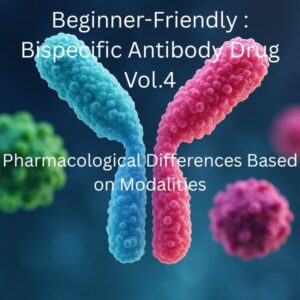
Comments